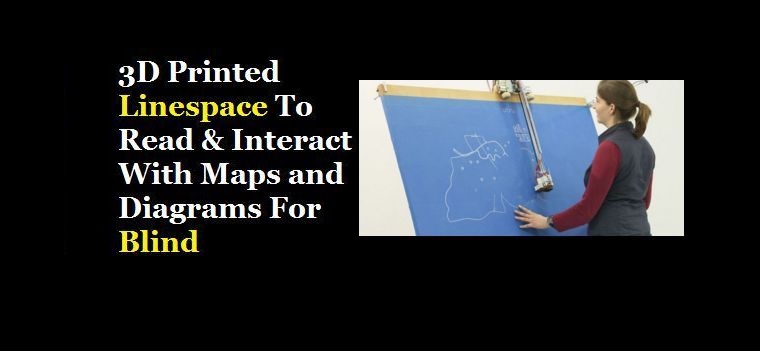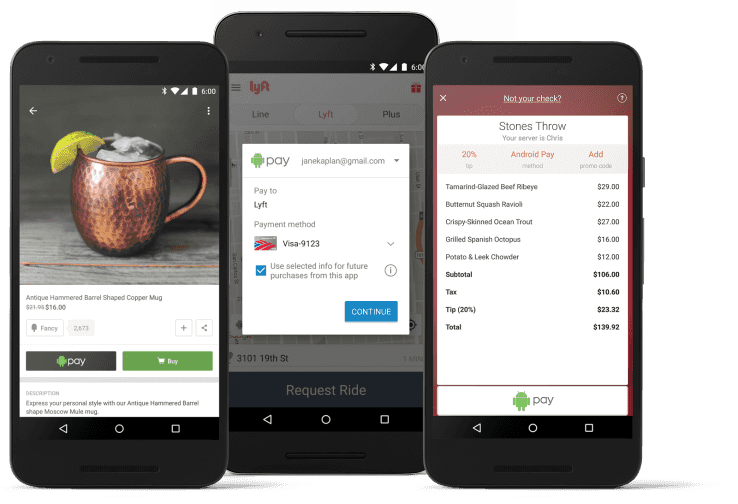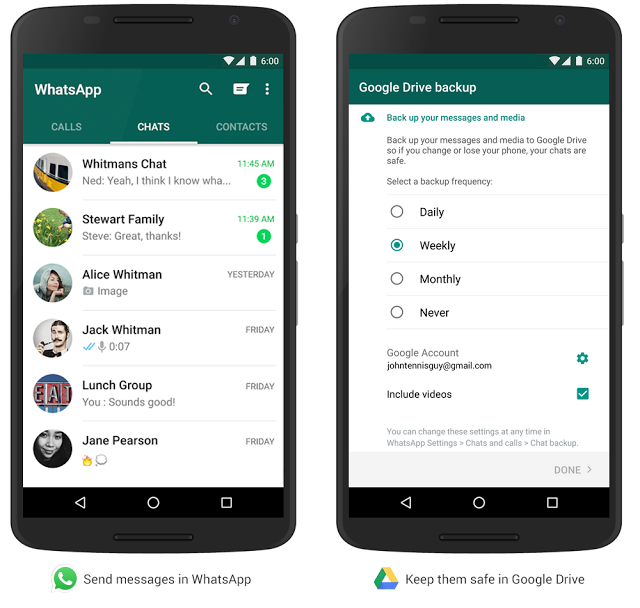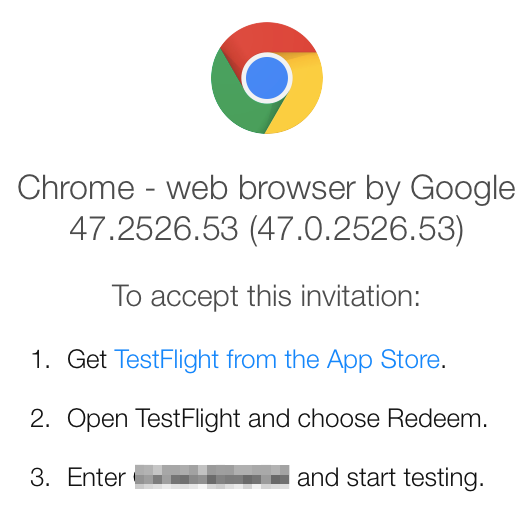3D Printed Linespace To Read & Interact With Maps & Diagrams For Blind
Braille is since long and used across the globe for reading text. What if a visually impaired user want to read images, map, etc? Do not worry, a new 3D Printed Linespace is here. Here’s an exciting news.
For visually impaired users, it would be now easier to read and interact with maps, diagrams, and other spatial data. This would be possible with a tactile display system Linespace. The platform will be introduced at CHI 2016, a human-computer interaction conference taking place in San Jose May 7-12.
Researchers at the Hasso Platner Institut (HPI) in Potsdam, Germany, are behind this awesome platform. Let’s have a look at the official video that showcases how 3D printing help blind.
Image Source: Human Computer Interaction Lab, Hasso Plattner Institute
How Linespace works
Linespace consists of a 3D printer head attached to robotic arms. These arms move across a drafting table. And as you guesses correctly, they move in response to user commands. Print heads deposits raised lines of PLA, that the fingertips touch and explore easily. It also has an overhead camera to track the movements of the user. The movements are tracked so that the extruder can be instructed to move to where the person is pointing.
A scraper is also given to the print head to remove the PLA after the user finish and can clear the slate for the next application.
The platform also allow user to draw on the board to input new information and this is possible with 3Dooler. After the input, the camera captures records the images.
The HPI team has till now developed some Linespace applicatiosn till now, including Homefinder app, an interior designing application, Microsoft Excel version, and also a Minesweeper game. This technology sure has a bright future to help visually impaired people.





